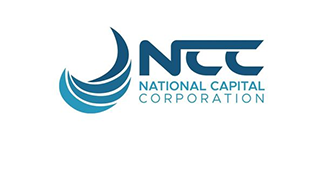
Equipment financing relates to any and all forms of financing businesses use to obtain commercial equipment. Types of equipment financing include equipment loans, equipment leasing and equipment sale-leaseback. Each equipment financing option varies in credit and capital requirements, structure of the financing facility, along with rates, terms and fees. Leasing equipment allows companies to obtain equipment immediately, without having to pay upfront costs. Equipment loans allow companies to purchase equipment and have full-control over the equipment both during the loan term and once payback is completed. Sale-leasebacks allow companies to sell their equipment, while still retaining the ability to use the equipment.
Equipment loans are debt financing facility used to purchase new or used business equipment. Getting a business loan to purchase equipment allows a company to obtain equipment quickly, without having to pay the full price upfront. Types of business loans used to purchase equipment include SBA loans, bank term loans and lines of credit, alternative loans, factoring and merchant cash advances. Sale leaseback is a way for a company to leverage their own business equipment to obtain financing by selling their equipment to a lender, and then leasing the equipment back for a period of time. Sale leaseback can help a company deal with dips in cash-flow and increase working capital for the businesses needs.
Equipment leasing is the purchase of equipment by a business lender with the intention to lease the equipment directly to a business. Equipment leasing is a good financing tool for companies that don’t have upfront money to purchase equipment, companies that want to obtain business equipment but not be stuck with the equipment should it become outdated, and for companies looking to tax advantage of tax incentives for capital leases. Equipment leasing allows companies to obtain new and used equipment, and at the end of the term they are often offered the option to purchase the equipment (for as little as $1). Step-Up Leases allow your company to start with lower payments that increase over time. Skip-Leases allow companies to skip payments during certain months of the year. Deferred-Leases allow businesses to defer lease payments for a significant period of time. Master-Leases provide companies with additional equipment that can be added to the leasing agreement.
Apply For Funding Today!